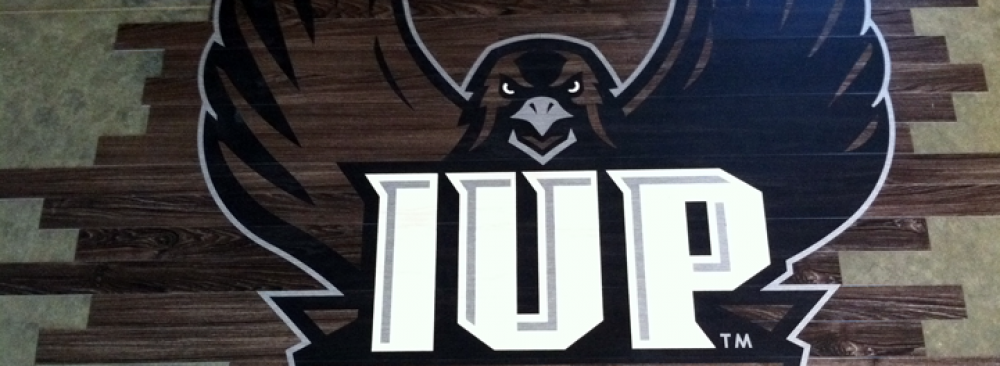As industries are designing smaller sized part for assemblies, there is a greater demand for microsized precision manufactured parts. Abrasive waterjet cutting is perhaps the best process that can be used to meet this increasing demand of micromachining.
Abrasive waterjet cutting is an efficient and easy-to-use fabrication process for creating light-weight and compact parts. Generally, one can create small products in sizes between 0.030″ to 0.060″. Waterjet technology companies have been conducting research to find whether it would be feasible to produce parts as small as 0.002″ in size. Research has revealed that this goal is possible. However, like any new engineering idea, this goal also has its share of problems.
Facing Technical Hurdles
High pressure water streams have the capability of producing parts of extremely small sizes. This can be achieved by reducing the size of the nozzles. But when the nozzles are designed to be small in size, it is difficult for the abrasive cutting materials to exit the nozzle, which creates problems in the fabrication process.
Waterjet technology companies realized that they had to overcome two main hurdles:
- Inconsistent feeding of the abrasive material
- Continuous clogging of the nozzle thanks to clumping of the abrasive
Overcoming the Problems
A variety of solutions have since been created to slowly but surely meet the goal of fabricating 0.002″ parts.
- Tilting Cutting Head: One new idea is to change the waterjet cutting head from stationary to tilting. The added movement, which is controlled by new waterjet machine software, will be able to fabricate precise microsized parts.
- Smaller Sized Nozzles: There are also attempts to reduce the size of the nozzles without the assistance of vacuum or additional water. So far research has enabled waterjet technology companies to create a nozzle with a diameter of 0.015″.
- Using a Cutting Accessory: Rather than creating new systems with pipe tubes and additional water stream measures, one solution is to use a rotary cutting accessory along with a small sized nozzle for enhanced movement. The cutting head is also designed to tilt, providing easier product fabrication.
Such innovations and machining advances will soon make the concept of micromachining a reality for the abrasive waterjet cutting industry.
